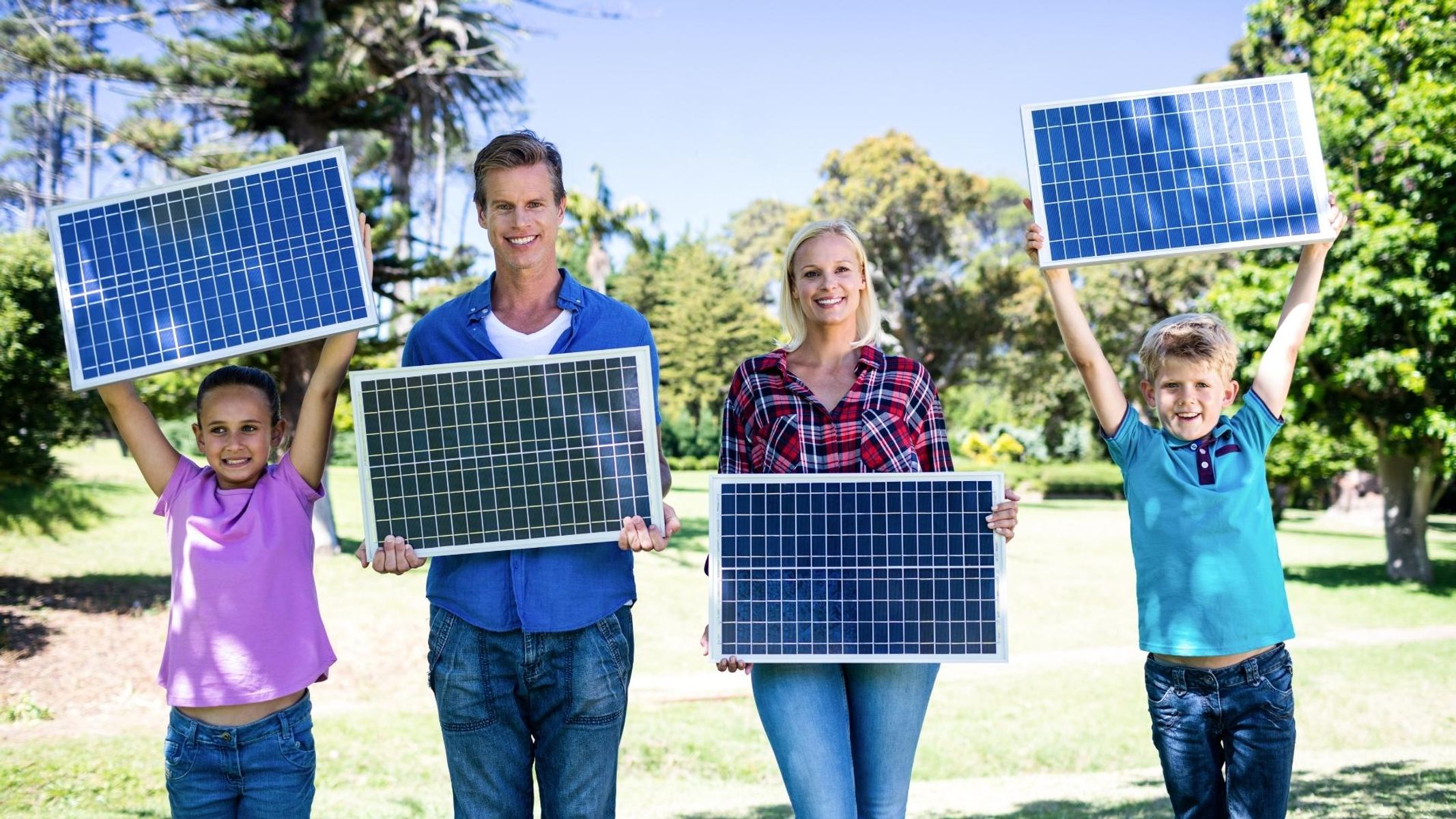The Real Estate Institute of Victoria (REIV) collects data and publishes a monthly residential vacancy rate based on current information obtained from real estate agents that manage rental properties in Victoria – both metropolitan and regional. Those properties include all houses, flats, units, apartments, and townhouses. The REIV is the most authoritative source for information about the Victorian rental market with historical vacancy rates from October 2002.
The REIV reported that the vacancy rate in metro Melbourne remained at 2.2% for July 2019. At the same time in July 2018, the rate was 1.9%.
Regional statistics dropped ever so marginally from 15% in July 2018 to 1.4% in 2019.
The steady rise in vacancy rates for metro properties, parallels the trend seen in our local areas for Casey and Cardinia. In the last twelve months we have witnessed a distinct shift in the number of investment properties flooding the market, outweighing the number of qualified and suitable applicants. Tenants are spoilt for choice and looking for all the extras available for lower rents. On the flip side of the coin, our selection criteria and steadfast policies concerning the qualification of applicants has continued to see us rejecting over 84% of applications in the last year.
Whilst our vacancy rate has increased to 1.3% since the start of 2019, we are still substantially lower than our inner-city counterparts and leasing property to qualified applicants every week. It is important for all residential investors to remain competitive in these tough market conditions to ensure a quick turnover and ongoing investment income, whilst not compromising on the standard of resident they will approve. This can be a slippery financial slope for some, however the cost of approving a high-risk tenant will ultimately outweigh a few extra days of vacancy.





